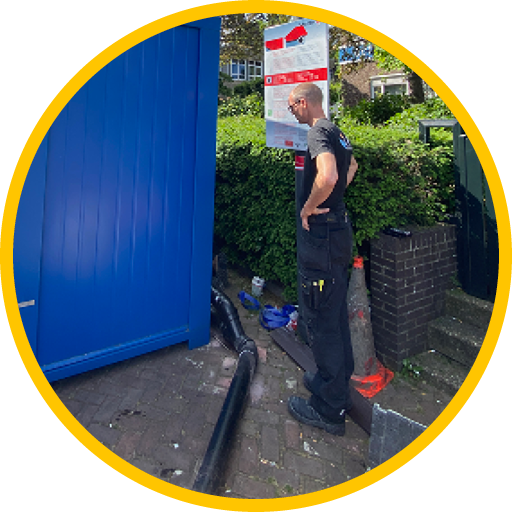Living Lab solutions require hardware. Some can be powered by battery, but most will require a stable electrical power supply. Other devices, like cameras use POE (power over ethernet). For example if a UTP ethernet cable exceeds 50 meters or more, the device may not get enough “juice” to operate. To keep things running smoothly, you need to understand the power consumption needs and types. Our suggestion is to align with the maintenance crew or facility managers before you test in an urban living lab.
Network Connectivity
Whether wifi, Bluetooth. LoRa or LAN connectivity, its the constant and stable access to the internet is what makes a device smart. If any connectivity in the entire network is lost, it can be difficult to pinpoint / troubleshoot in a living lab. A successful urban living lab the experiment is when your solution doesn’t have too much dependency to private networks or inter connections to many switches and routers. Bad connectivity can impede or even kill your project.
Regulatory Issues
There are many legal obligations you want to consider before testing like applications, permits, data processing agreements and more. In public living labs there are probably many bylaws that need to be communicated to the public. (online or on location of your project). Regulatory issues like GDPR are difficult to enforce in public space, so how do individuals give consent? Living labs provide a safe space to conduct experiments in the open, but for the rest of the city regulatory issues become infinitely more complicated so get familiar with them!
Public Signage
displays and information boards are a civic-courtesy with the aim to 1) inform the public about the type of experiment being conducted, 2) to create awareness of the project, or 3) generate support for your solution.
Striking the right balance between creating clarity or confusion is a thing. As a public service, signage needs to be clear and understandable.
Signage fun fact; here in Amsterdam, the city banned using QR stickers for municipal signage to prevent third-party putting up their code on top and stealing users personal information.
Insects & Wildlife
Public spaces are not only for people. Spiders, bees, birds and other animals live in cities too. Any device that has power will become attractive new homes to our small friends. Your IoT device or sensor is warm and provides shelter for unwanted visitors or new nests. They are small but definitely not harmless when it comes to IoT devices.
Firmware
Wiring & Cables
Water Damage
The Netherlands is a wet place. Testing devices in a climate that has a rainfall accumulation 85 cm a year, you need to waterproof your devices. Water is the most common cause of damage and outages, so make sure it’s weather friendly and protected against water, humidity, ice and freezing. Likewise, good ventilation for hot days, those devices can generate a lot of heat and need cooling.
Obstruction
When deploying your device, there are lots of environmental or physical events that can impede your research. For example, obstructions can be permanent: like signal interference from concrete buildings or heavily wired zones, or temporary obstructions like vehicles or events. Sensory obstruction can occur if your device is diluted by other ambient obstructions like light, sound and other sensory pollution.
Vandalism
One of the most frustrating and ugly realities of a living lab project. Prototypes or POC’s are your “babies”, and it breaks your heart to see them harmed. It’s also important to accept the fact you can’t predict or control behaviour in public space. Graffiti, damage or destruction of your prototypes can happen. And when it does it can really mess up your entire research so be prepared for the worst-case scenarios: 1) Have backup devices ready, 2) deploy your device out of reach from the public and 3) camouflage them to keep your “baby” from harm’s way.










